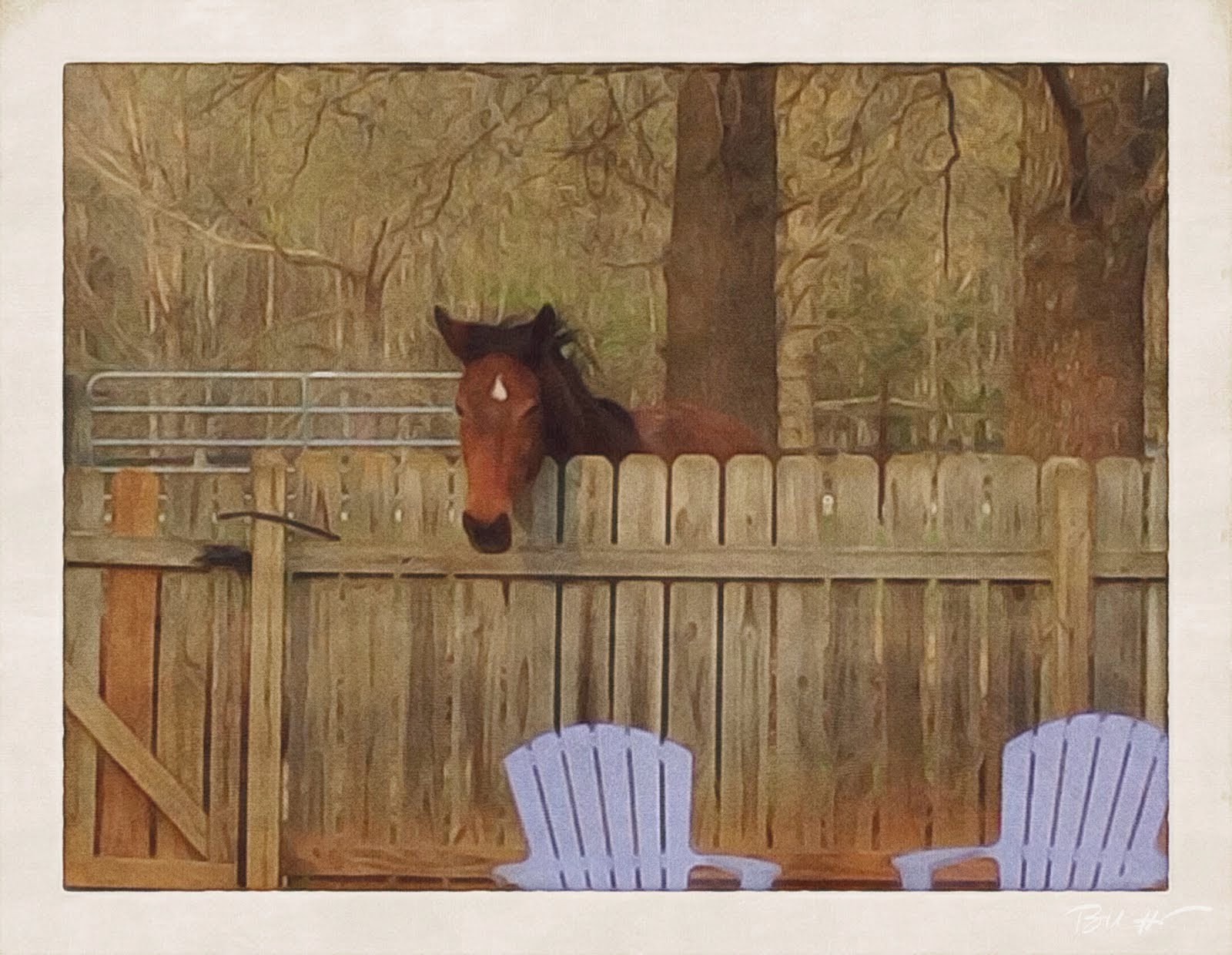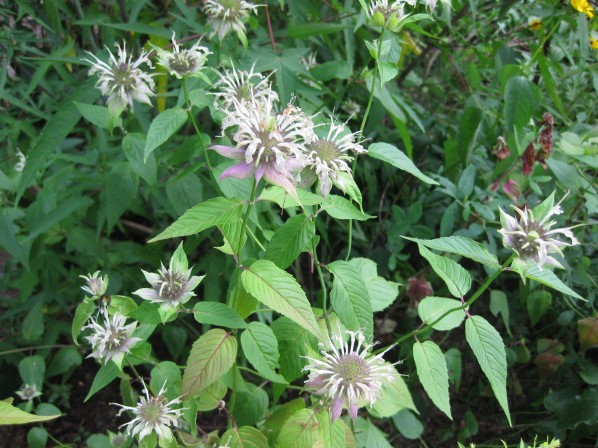This little plant seems small and ground-hovering, but will grow tall and spiky next spring/summer. It will be lovely wafting next to the fuchsia bluebird box, I think! Imagine the color combination of purple + fuchsia + the blue and cinnamon of bluebirds!
More info:
Blue Vervain can offer a strong upright accent to any perennial garden or prairie/savanna. The small, tubular, blue-violet flowers bloom from the bottom up in July's heat. The numerous crowning spikes of blossoms give a candelabra-like appearance to this graceful plant.
Livestock will not eat Verbena so it may be thought of as "weedy" by some who observe it in a pasture setting. In a natural prairie it is not aggressive. In fact, it is a rather short-lived perennial that will not compete well with more aggressive vegetation. It self-seeds readily and is very easy to germinate, so it is a common component of many drier prairie seed mixes. The seeds are a staple for many small mammals and birds that depend on this widely-distributed plant.
As the alternative name Swamp Verbena suggests, this Vervain likes wet, even soggy, conditions but also will grow in medium soils. Full sun to partial sun are its preferred sun conditions.






